Remember when life seemed simpler? Growing up in the 50s, 60s, and 70s meant experiencing a world vastly different from today’s hyperconnected, safety-conscious society. We enjoyed freedoms that today’s generation might find shocking, while accepting inconveniences that would drive modern folks crazy. As times change, so do our standards and expectations, making some of our cherished childhood memories seem almost unbelievable by current norms.
1. Smoking Everywhere

Back in the day, cigarette smoke wafted through restaurants, airplanes, offices, and even hospital waiting rooms without a second thought. People lit up during business meetings, on buses, and in movie theaters, with ashtrays provided as standard amenities almost everywhere you went. Cigarette advertising was ubiquitous, with glamorous models puffing away on billboards and doctors even recommending specific brands in magazine advertisements from the 1930s through the 1950s. American Lung Association further notes just how much smoking as a practice has fallen out of favor, based on the statistics.
The smoke-filled atmosphere extended to family homes too, where parents might smoke around children without understanding the health implications. Television shows and movies portrayed smoking as sophisticated and cool, with beloved characters constantly lighting up between dramatic dialogues. It wasn’t until 1964 that the Surgeon General’s report definitively linked smoking to lung cancer, and decades more before comprehensive smoking bans in public places became common.
2. Kids Roaming Freely Unsupervised
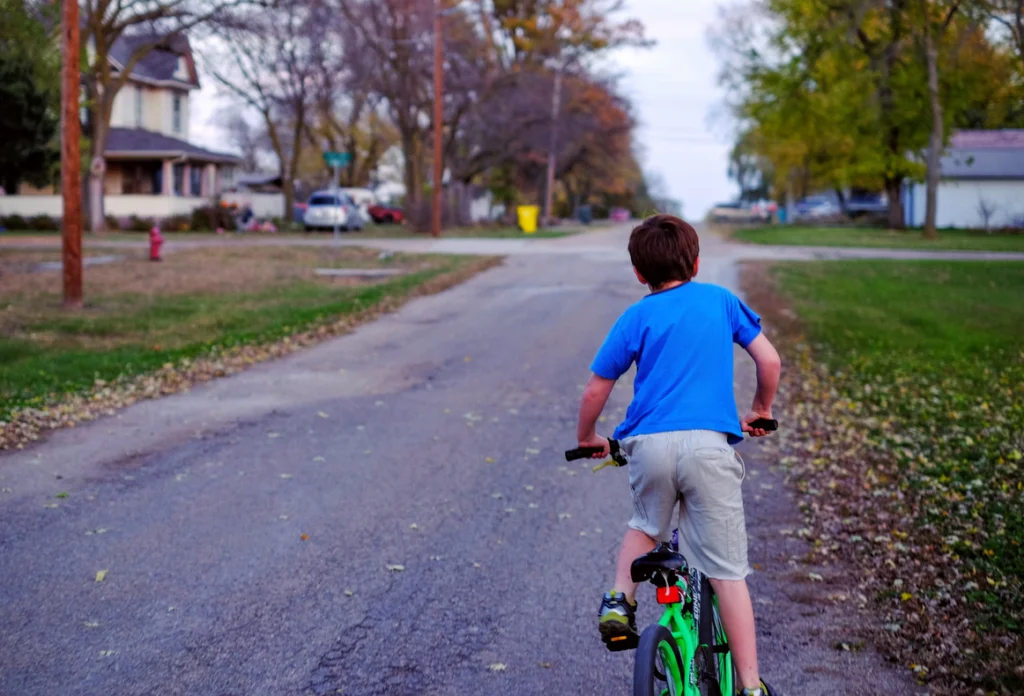
Children once disappeared after breakfast with simple instructions to “be home by dinner,” often roaming miles from home without any way to contact their parents. Summer days were spent exploring neighborhoods, riding bikes to faraway parks, or building forts in woods without adult supervision or scheduled activities. Parents didn’t worry about predators lurking around every corner, and the idea of “free-range parenting” wasn’t a controversial philosophy—it was simply called “childhood.” SheKnows considers the ’70s to be the best time to grow up, in large part thanks to its free, abundant outdoor time.
Neighborhood adventures often included potentially dangerous activities like climbing tall trees, damming streams, or constructing rickety ramps for bicycle stunts. Children solved their own disputes, handled their own injuries, and navigated complex social situations without helicopter parents intervening at every turn. According to a 2007 study in the journal “Social Science & Medicine,” the average range in which children were allowed to roam decreased by 90% between the 1970s and early 2000s, revealing just how dramatically childhood independence has diminished.
3. Party Lines and Operator-Assisted Calls
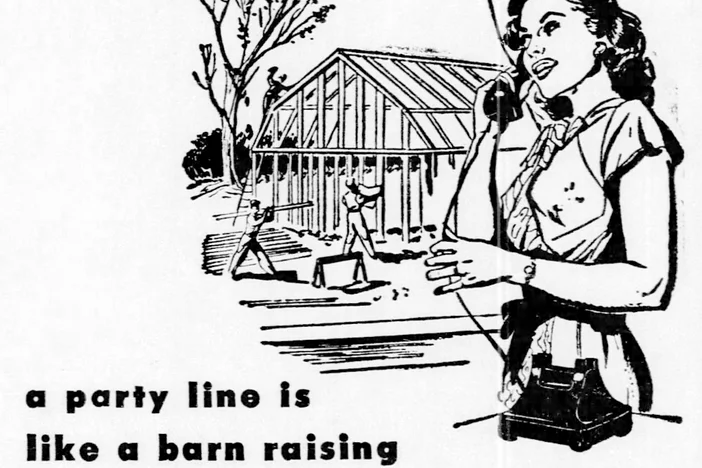
Telephones weren’t just shared within a household—they were often shared with neighbors through what was called a “party line” system. You might pick up your phone to make a call only to hear your neighbors already chatting, requiring patience and phone etiquette as you waited your turn to use the line. Making a long-distance call was a significant event that often required an operator’s assistance and came with substantial charges that made families keep such calls brief and reserved for special occasions. Southern Living has a lot of nostalgic fondness for this quirky element from the past.
Phone numbers were shorter, sometimes just four or five digits in smaller towns, and you could dial “0” to reach a human operator who knew everyone in town by name. Phone books were essential household items, delivered annually with excitement, and phone booths stood on street corners with their distinctive glass doors and folding accordian doors providing privacy for conversations away from home. According to telecommunications history, by 1956, there were about 27 million telephone connections in the United States, with approximately 75% of American households having telephone service—though many rural areas still relied heavily on party lines until the 1970s and even early 1980s.
4. Hitchhiking as a Common Mode of Transport
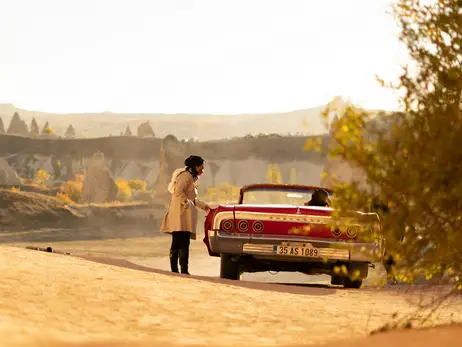
Sticking out your thumb to catch a ride with strangers wasn’t just acceptable—it was a common way to get around if you didn’t have a car. College students routinely hitchhiked home for holidays, and servicemen hitched rides across the country, often wearing their uniforms to increase their chances of being picked up. Many drivers considered picking up hitchhikers almost a civic duty, particularly for military personnel, viewing it as a way to help fellow citizens and perhaps enjoy some companionship on long drives.
Hitchhiking was so normalized that travel guides like “The Hitchhiker’s Guide to Europe,” published in 1971, became bestsellers with practical advice for thumbing your way across countries. Films, music, and literature often romanticized the practice, with songs like Roger Miller’s “King of the Road” (1964) celebrating the freedom of hitching rides. According to transport historians, hitchhiking began declining sharply in the mid-1970s as high-profile crimes involving hitchhikers generated fear, cars became more widely available, and society became increasingly concerned with stranger danger.
5. Children Working Dangerous Jobs
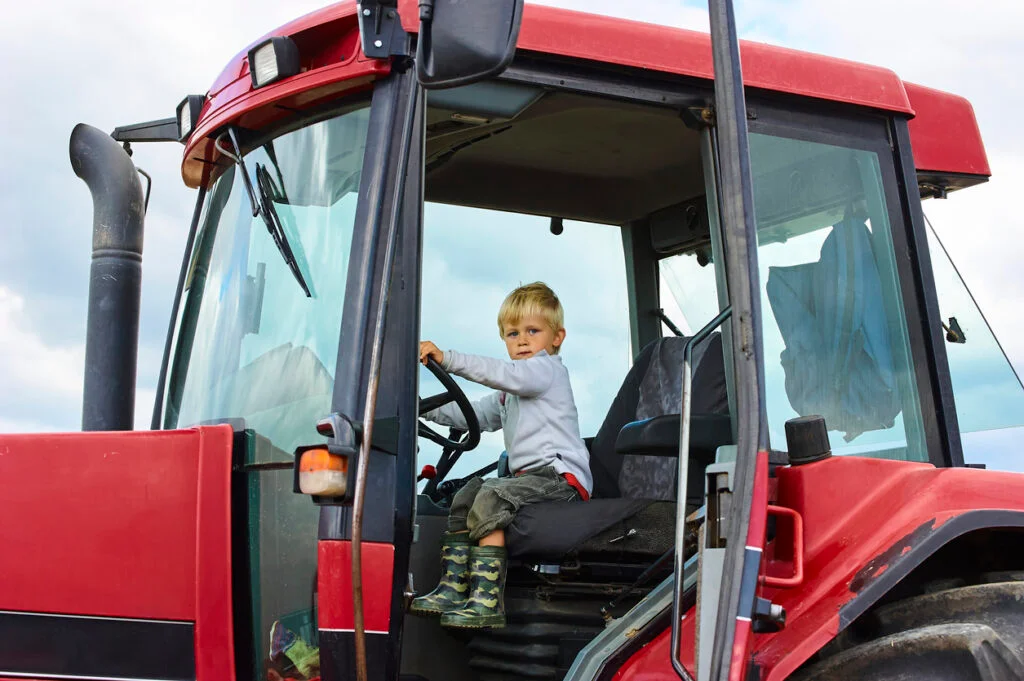
Children as young as ten or eleven delivered newspapers in predawn darkness, operated dangerous farm equipment, or worked around hazardous materials without anyone raising an eyebrow. Paper routes were a rite of passage for many boys, requiring them to collect money, manage customer complaints, and navigate neighborhoods in all weather conditions long before they could legally drive. Farm children routinely operated tractors, combines, and other heavy machinery that today would require licenses, training, and minimum age requirements.
In urban areas, children worked as messengers, delivery boys, and helpers in various trades that exposed them to everything from traffic dangers to industrial chemicals. The Fair Labor Standards Act of 1938 had established some protections, but enforcement was spotty and agricultural exemptions were broad, allowing many children to work in conditions that would horrify modern parents. Historical records from the Department of Labor show that in 1954, approximately 1.5 million children under 16 were employed in various capacities, with many working in conditions that would violate today’s child labor laws.
6. No Car Seats or Seat Belts

Babies rode in mothers’ laps in the front seat, toddlers stood on the back seat looking out the rear window, and children piled into station wagon cargo areas without any restraints whatsoever. Family road trips meant kids freely moving around the vehicle, playing games, napping across seats, or even creating makeshift beds in the back of station wagons with pillows and blankets. The concept of a specialized car seat for every age and stage simply didn’t exist, with the first rudimentary child restraint systems not gaining traction until the late 1960s.
Parents would throw a protective arm across their child during sudden stops—the original “human seat belt”—believing this was adequate protection in case of an accident. It wasn’t until 1968 that federal law required seat belts in all new cars, and the first state law requiring their use wasn’t passed until 1984 in New York. According to the National Highway Traffic Safety Administration, proper car seat use reduces the risk of fatal injury by 71% for infants and 54% for toddlers—protection an entire generation grew up without.
7. Cash-Only Economy
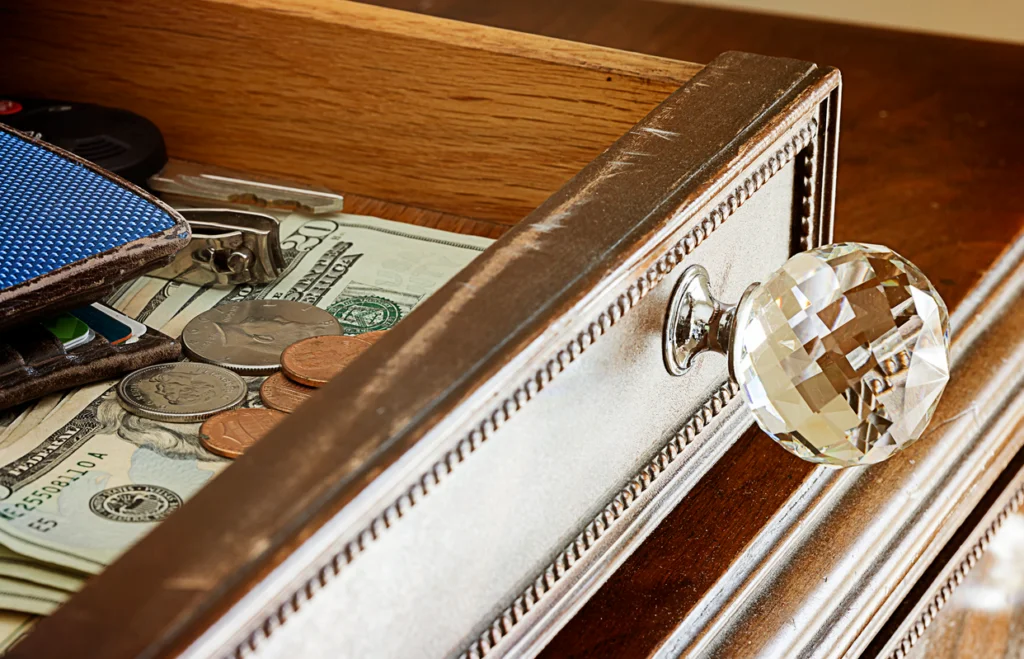
Before credit cards became widespread, people carried significant amounts of cash for everyday shopping, with special trips to the bank required before major purchases. Payday meant standing in line to cash your physical check, and bill payment required writing individual checks and mailing them in envelopes with stamps, carefully timing when they would arrive. Department stores offered their own credit through “charge plates” or store-specific credit systems, but these weren’t connected to any electronic network and required manual carbon-copy imprints.
Banking hours were strictly limited—typically 10am to 3pm on weekdays only—creating long lines on Friday afternoons as workers rushed to cash paychecks before the weekend. According to financial historians, the first general-purpose credit card, Diners Club, appeared in 1950, but as late as 1970, only 16% of Americans had a bank-issued credit card, compared to approximately 83% today. ATMs didn’t become common until the late 1970s and early 1980s, meaning access to your money was limited to banking hours.
8. Writing Letters and Waiting for Responses

Communication over distances meant handwriting letters, finding envelopes and stamps, and then waiting days or weeks for a response. Love affairs blossomed through carefully crafted letters that took agonizing days to deliver, creating anticipation that’s unimaginable in today’s world of instant messaging. Keeping in touch with distant family members required dedicated correspondence efforts, with many families setting aside Sunday afternoons specifically for catching up on letter writing.
Special moments were shared through physical photographs mailed weeks after events occurred, allowing relatives to see new babies, graduations, or weddings long after they happened. According to postal service statistics, in 1960, Americans sent over 35 billion pieces of first-class mail—more than 190 per person annually—compared to about 15 billion in 2022, demonstrating how dramatically our communication methods have shifted. For college students and military personnel especially, trips to the mailbox were highlight moments, with “mail call” creating instant popularity for those who received regular letters.
9. Encyclopedia Salesmen and Door-to-Door Everything

Encyclopedias weren’t searchable databases but massive leather-bound book collections sold by persuasive door-to-door salesmen who convinced parents that their children’s future success depended on owning these expensive tomes. The Fuller Brush Man, Avon Lady, vacuum cleaner demonstrators, and various other salespeople regularly knocked on doors, often being invited inside for product demonstrations that could last hours. Families actually budgeted for encyclopedia payment plans that could stretch over years, with the complete World Book or Encyclopedia Britannica set often costing the equivalent of several thousand modern dollars.
These door-to-door visits were social occasions as much as sales calls, with neighbors sometimes gathering to watch demonstrations of new kitchen gadgets or cleaning products. According to publishing industry records, Encyclopedia Britannica’s direct sales force peaked at 2,000 representatives in the 1970s, collectively selling hundreds of thousands of sets annually through home visits. The practice began declining in the 1980s and was effectively extinct by the early 2000s, killed first by CD-ROM encyclopedias and then definitively by the internet.
10. Riding in the Back of Pickup Trucks
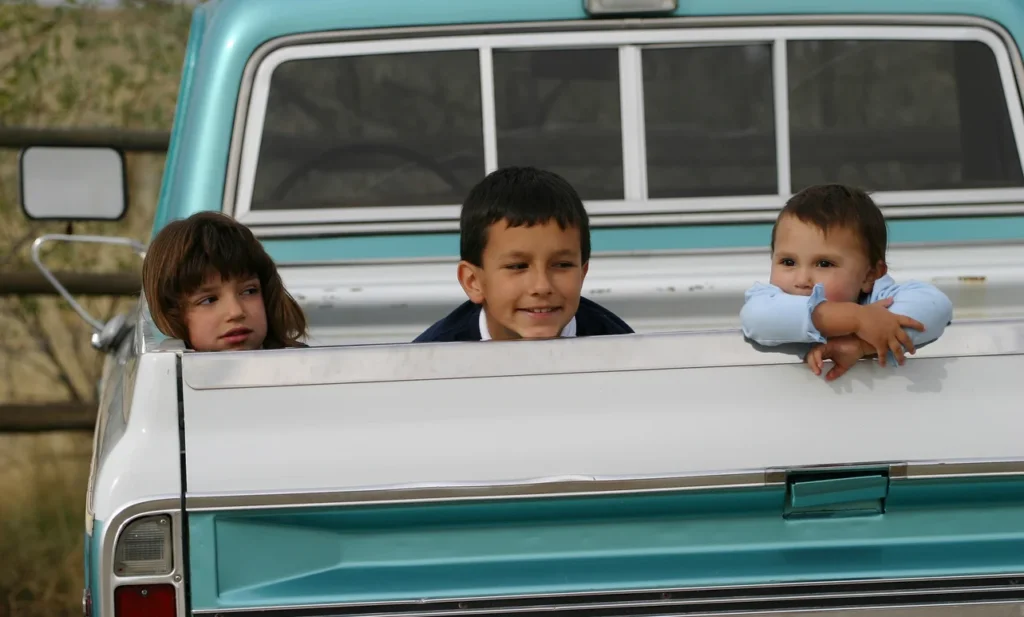
Children and teenagers regularly rode in truck beds on highways, country roads, and even interstate trips without anyone thinking twice about the dangers involved. Farm workers traveled to fields standing in truck beds, and families would pile kids into the back of pickups for trips to town or even longer journeys. Dogs almost exclusively rode in truck beds rather than inside vehicles, standing with their ears flapping in the wind or running from side to side as the truck navigated turns.
Weekend entertainment for rural teenagers often involved “truck bed parties” where groups would ride around country roads in the open air, sometimes at considerable speeds. According to safety statistics, it wasn’t until the 1990s that states began passing laws restricting passengers in truck beds, with many rural areas resisting such regulations as infringements on traditional practices. Even today, several states still permit the practice under various circumstances, though it’s widely recognized as dangerous.
11. Handling Dangerous Chemicals Without Protection

Household cleaning involved ammonia, bleach, and other potent chemicals used without gloves or ventilation, often mixed together despite the potential for creating toxic gases. Children purchased chemistry sets containing substances that would be considered hazardous materials today, conducting experiments in bedrooms or basements without supervision or safety equipment. DIY home improvement projects regularly exposed families to asbestos, lead paint, and various solvents applied without masks or protective gear, as awareness of their long-term health effects hadn’t yet developed.
In schools, students handled mercury directly during science experiments, sometimes playing with it or even bringing samples home as curiosities. According to the Consumer Product Safety Commission, the famous Gilbert Chemistry Sets of the 1950s and 1960s contained chemicals including potassium permanganate, ammonium nitrate, and sodium ferrocyanide—substances that would never be included in children’s toys today. Remarkably, the sets’ instruction manuals often encouraged experimenting with household chemicals and combining various substances to observe reactions, with minimal safety warnings.
12. Saving Seats with Personal Items
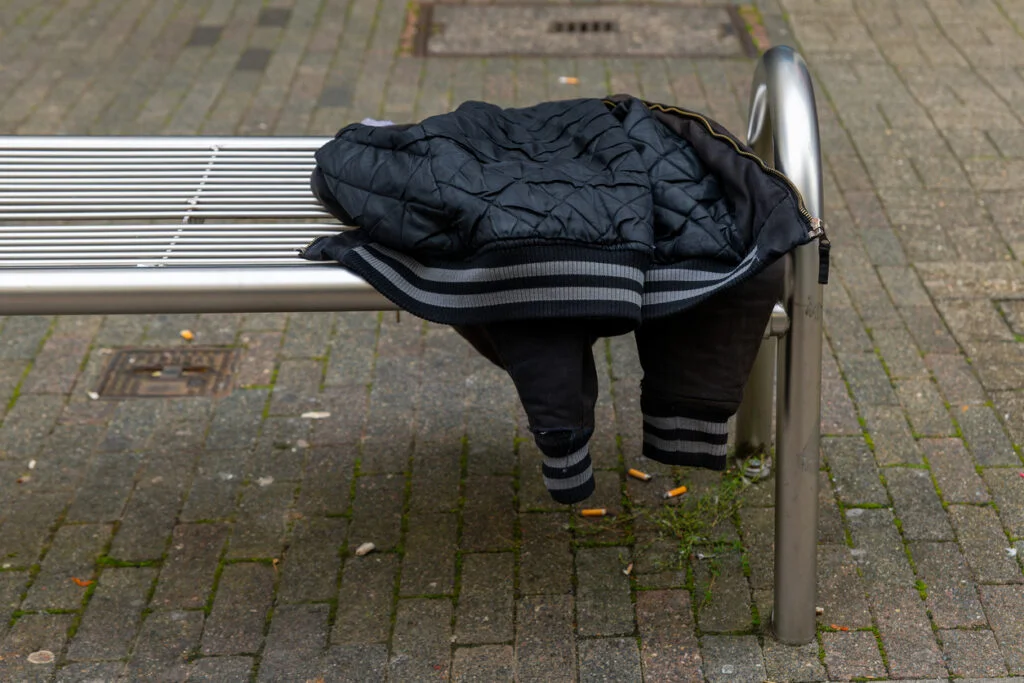
Leaving purses, jackets, or bags unattended to save seats at movies, restaurants, or events was completely normal and rarely raised security concerns. People would think nothing of asking strangers to “watch their stuff” while they visited restrooms or concession stands at crowded venues, trusting complete strangers with their personal belongings. Library patrons would spread out books and papers to claim study tables for hours, sometimes leaving for extended periods with their materials unattended, secure in the knowledge they’d return to find everything untouched.
Airport travelers routinely left luggage unattended while visiting shops or restaurants, and nobody alerted security or worried about suspicious packages. According to security analysts, this casual approach to personal belongings changed dramatically after the rise in terrorism concerns in the 1980s and 1990s, with the watershed moment coming after the 1988 bombing of Pan Am Flight 103 over Lockerbie, Scotland. Today’s ubiquitous announcements about “unattended baggage” would seem bizarrely overcautious to previous generations who thought nothing of asking the person in the next theater seat to “keep an eye on my coat.”
Revisiting these once-common practices reminds us just how dramatically our world has changed in a relatively short time. While we’ve gained tremendous advances in safety, convenience, and connectivity, we’ve perhaps lost something in spontaneity, trust, and independence. As we navigate our modern, security-conscious world, these glimpses into the past help us appreciate both how far we’ve come and what simpler aspects of life we might want to recapture, even if we wouldn’t trade our smartphones and safety features to return completely to those bygone days.


